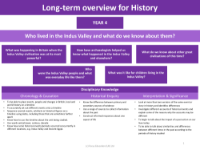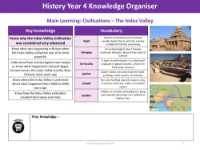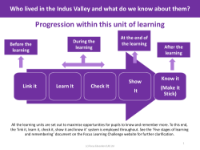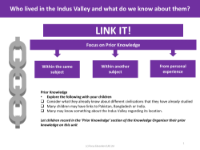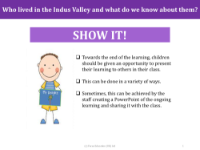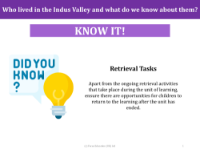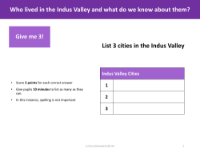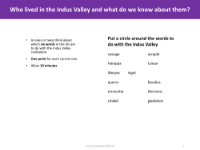National Curriculum Objectives - Indus Valley - Year 4

History Resource Description
In Year 4, the National Curriculum for History requires students to explore the achievements of the earliest civilisations. Among these, the Indus Valley civilisation is a key study area, which emerged around 3,000 years ago. This period predates the advanced stages of British history and highlights the remarkable progress made by societies outside of Britain during ancient times. Pupils are expected to understand that the Indus Valley, which they should be able to identify and locate on a map, was home to a highly sophisticated culture.
The curriculum delves into the substantial achievements of the Indus Valley people, such as their intricate sewage systems, which were incredibly advanced for their era. Students also learn about the impressive architecture and buildings constructed by this civilisation. The role of an archaeologist is introduced, explaining how these professionals uncover historical facts and artefacts, including the famous Indus Valley seals. Furthermore, the curriculum provides insights into the daily life of a child living in the Indus Valley, offering a glimpse into the social and cultural aspects of this ancient society. Through this curriculum, students gain a comprehensive understanding of the significant contributions and way of life of those who dwelled in the Indus Valley.
